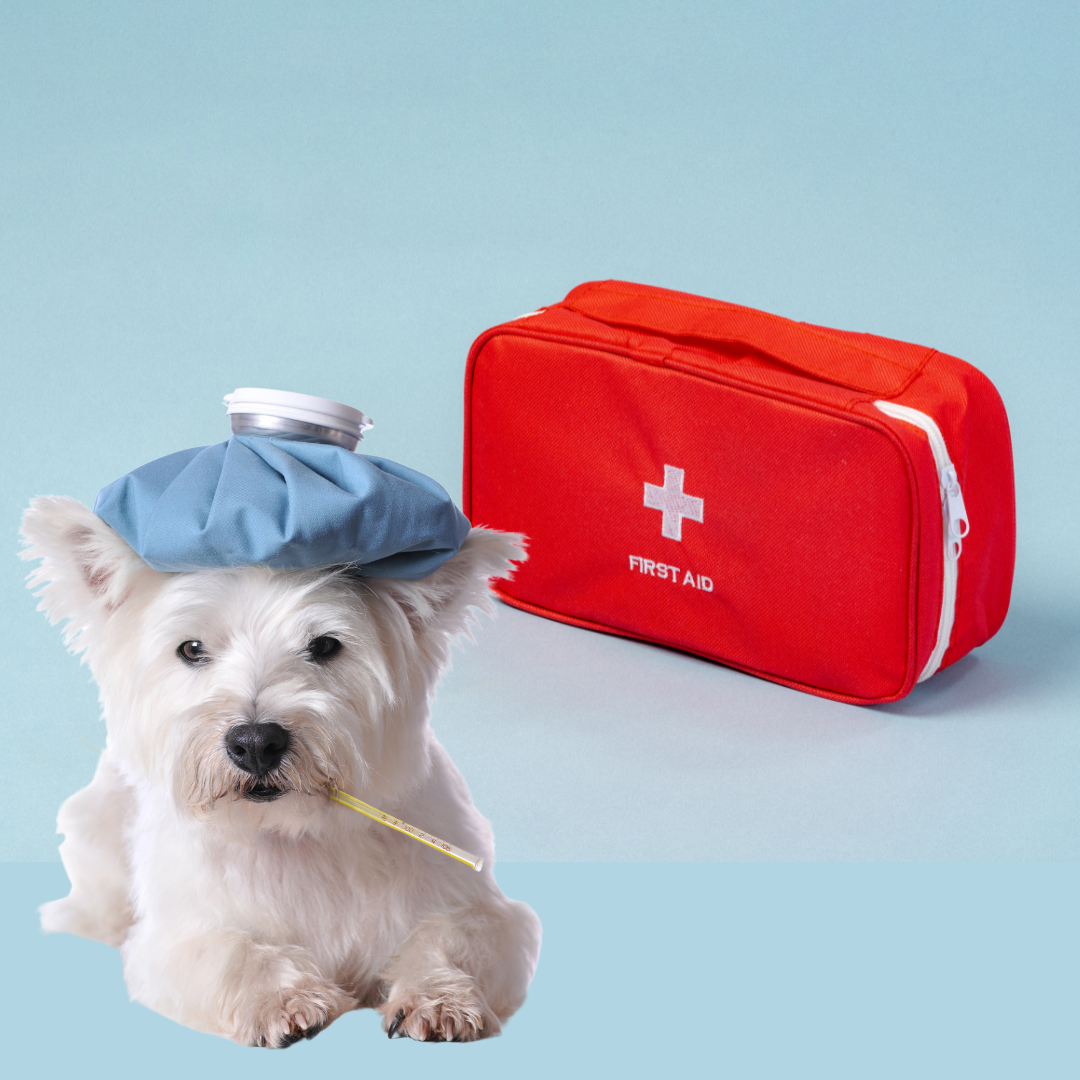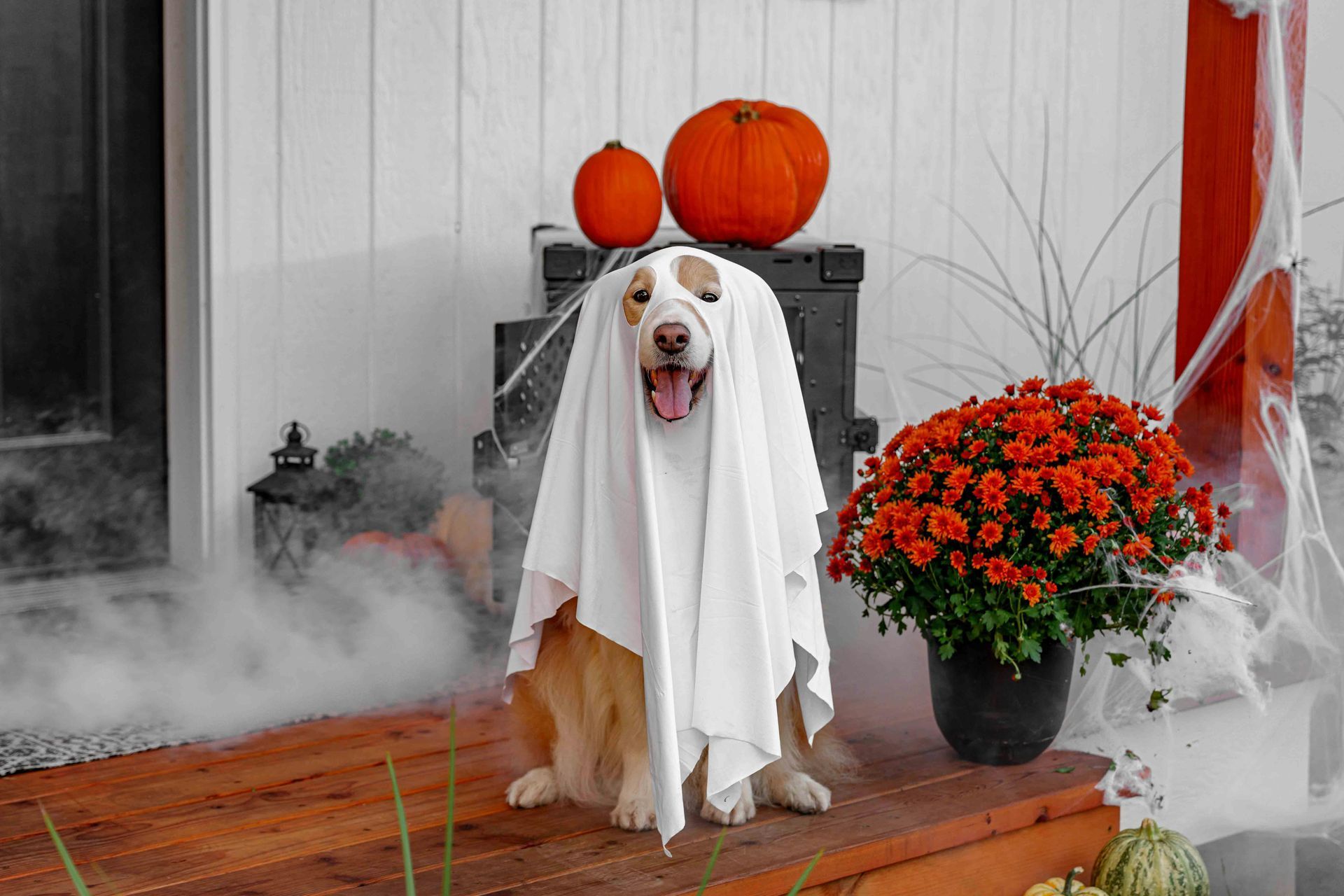
As pet owners, we’d do anything to keep our furry companions safe. But emergencies can happen when we least expect them, and being prepared could make all the difference. Whether it’s a minor cut, an allergic reaction, or something more serious, knowing some basic pet first aid can save precious time and even lives.

Here’s a quick guide to help you feel confident in handling unexpected situations:
1. Assemble a Pet First Aid Kit 🏥
Just like we keep a first aid kit for ourselves, having one for your pet is essential. Here’s what you should include:
- Bandages (non-stick gauze and adhesive tape)
- Antiseptic wipes or solution (pet-safe)
- Tweezers (for splinters or ticks)
- Digital thermometer
- Scissors (with rounded tips)
- Saline solution (for cleaning wounds or eyes)
- Emergency contact numbers (your vet and a 24/7 animal hospital)
2. Learn How to Check Vital Signs 🫀
Knowing what’s normal for your pet is crucial in emergencies. Key vitals include:
- Temperature: A normal temperature for dogs is between 38-39°C (101-102.5°F).
- Heart Rate: Place your hand on their chest to feel their heartbeat; the normal rate is 60-140 beats per minute, depending on size and breed.
- Gum Color: Healthy gums are pink. Pale, blue, or very red gums could signal a problem.
3. Handle Common Emergencies 🚨
Here’s how to address a few frequent issues:
- Cuts or Wounds: Gently clean with saline solution and apply pressure with a clean bandage. Seek veterinary care if it’s deep or bleeding heavily.
- Choking: Carefully look inside their mouth and remove the obstruction if it’s visible. Avoid pushing it further down. For severe cases, use the Heimlich maneuver for dogs.
- Poisoning: Call your vet immediately. Provide details of what your dog ingested, if possible. Avoid inducing vomiting unless instructed.
- Heatstroke: Move your pet to a cool area, offer water, and dampen their fur with cool (not cold) water. Contact your vet immediately.
4. Know When to See a Vet 🩺
While first aid can stabilize your pet, always consult your vet for proper care. Warning signs that require immediate attention include:
- Difficulty breathing
- Persistent vomiting or diarrhea
- Loss of consciousness
- Seizures
- Ingestion of toxic substances
5. Stay Calm ☮️
Your pet looks to you for reassurance, especially in stressful situations. Staying calm can help you think clearly and keep your pet relaxed during emergencies.
Pet First Aid Training Opportunities:
If you’d like to learn more, consider joining our next Pet First Aid Course with Kahu K9 Training. We’ll equip you with the skills and confidence to handle emergencies like a pro.
For more tips, training advice, and upcoming workshops, follow us on social media or get in touch.
Let’s keep your pets happy, healthy, and safe! 🐶🥰









